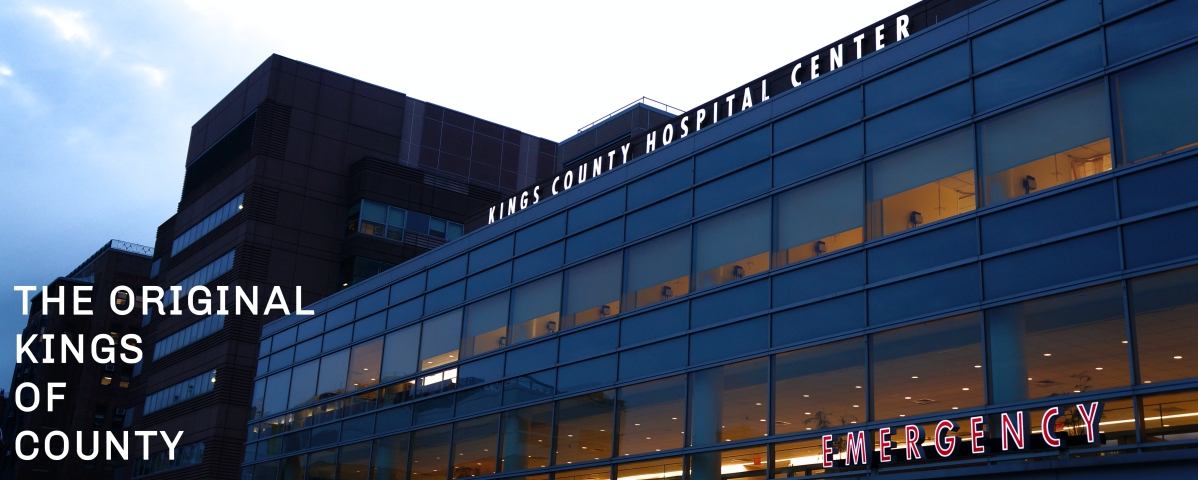Here’s Dr. DiMare with today’s Morning Report!
Post Traumatic Seizure (PTS)
Seizure after mild to moderate trauma:
– 1.5 to 15% of patients
– Are due to focal, structural changes as a result of injury
– “Early” – occurring within 1 week of event, but generally not within 1st 24 hours
– “Late” – occurring more than 1 week after event
– All require advanced imaging such as MRI
– All require EEG
– All require anti-epileptic drugs and neurological follow up
– Increased risk of developing long term epilepsy
– Increased incidence with ICH, trauma requiring surgical intervention, depressed skull fracture
Concussive Convulsions
– Often referenced in sports medicine literature
- Australian football– 4 concussions per 1000 player hours
– Associated with 1 in 70 concussions
– Exact cause is unknown
- Thought to be from a brief, immediate loss of cortical inhibitory function, possibly with reflex brain stem release
- RAS is released from cortical control
– Neuropsychological testing shows cortical slowing
- same as post concussive findings
– Immediately following trauma (within seconds)
– Generally follow typical pattern of tonic muscle contraction followed by clonic jerking of limbs
– Last between 30-180 seconds
– If present, post ictal phase is short
– Often involve patient being amnestic to event
– No increase in incidence of post traumatic epilepsy
- At 3.5 years, 0 of 22 patients had recurrent seizure
– Do not require AEDs
ED management of concussive convulsions
– CT scan?
- If you would have scanned them before than scan them now
- Current guidelines suggest CT for patients with LOC and convulsion, even with GCS of 15 and non focal neuro exam
- 22 patients in study, none had positive CT scan
– C spine immobilzation?
- Clear collar the same way you would have before
- NEXUS Canadian, etc.
– CONCUSSION INSTRUCTIONS!!!
- By definition these patients have all suffered a concussion
- Cognitive rest
- No return to play until cleared by another physician (PMD or neuro)
- 85-90% recover completely within 12 weeks
References:
McCrory PR, Berkovic SF. Concussive convulsions: incidence in sport and treatment recommendations. Sports Med. 1998; 25:131–6
McCrory PR, Berkovic SF, Bladin P. Retrospective study of concussive convulsions in elite Australian rules and rugby league footballers: phenomenology, etiology and outcome. BMJ. 1997;314:171–4.11. McCrory
Perron, A. D., Brady, W. J. and Huff, J. S. (2001), Concussive Convulsions: Emergency Department Assessment and Management of a Frequently Misunderstood Entity. Academic Emergency Medicine, 8: 296–298. doi: 10.1111/j.1553-2712.2001.tb01312.x
Jay Khadpe MD
Latest posts by Jay Khadpe MD (see all)
- Morning Report: 7/30/2015 - July 30, 2015
- Morning Report: 7/28/2015 - July 28, 2015
- IN THE STRETCHER INSTEAD OF BESIDE IT - July 22, 2015
- Morning Report: 7/14/2015 - July 14, 2015
- Morning Report: 7/10/2015 - July 10, 2015
